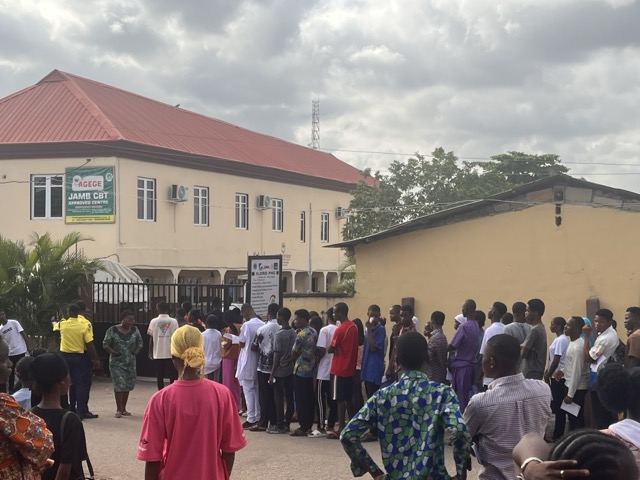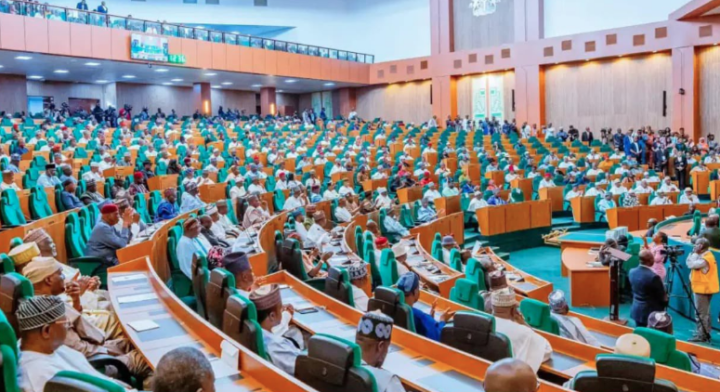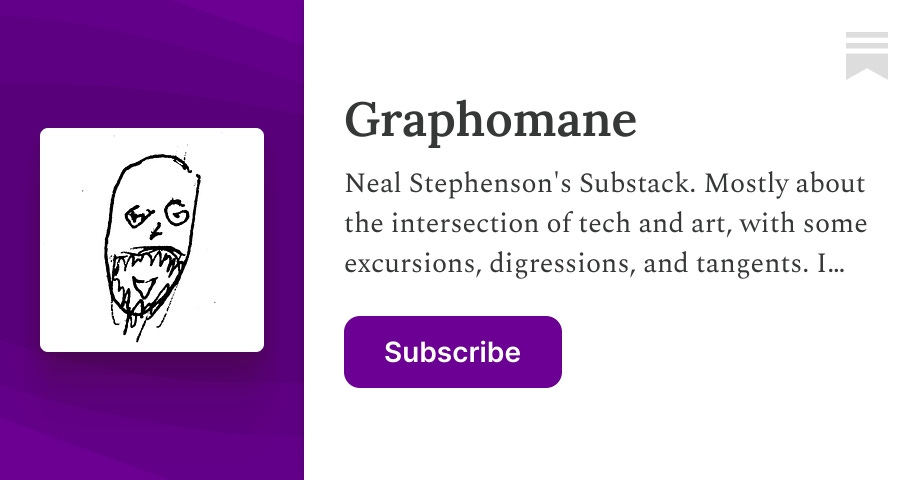AI's Impact on South Africa's Education: Bridging the Digital Divide
The digital divide in South Africa is a pressing issue in education. Imagine a bridge that only a select few can cross, leaving countless others stranded. This divide arises from socioeconomic factors, resulting in unequal access to technology. Urban areas often enjoy strong internet connectivity, while rural communities struggle with inadequate technological infrastructure.
Exploring the potential of artificial intelligence (AI) in education reveals its promise to bridge this gap. AI-driven platforms, like e-learning systems, offer personalized learning experiences tailored to individual needs. But, without addressing digital literacy and ensuring equitable access to resources, these innovations risk widening existing inequalities.
Government initiatives aimed at enhancing skill development are critical. Investing in mobile technology and expanding broadband access can empower underserved communities. Achieving digital equity transcends mere access; it’s about creating a future where every student can thrive in a digitally connected world.
The integration of Artificial Intelligence (AI) in education technology is like planting seeds in a garden, each representing a unique learning opportunity. In South Africa, AI-powered tools can bridge the digital divide, enhancing access to education for underserved communities.
How can we make sure every student receives the quality education they deserve?
AI has the power to transform learning through personalized experiences. Just as a tailor crafts a suit for the perfect fit, AI customizes educational content to meet individual student needs. By analyzing data, this technology informs curriculum development and boosts student engagement. Imagine students in remote areas accessing excellent resources and joining virtual classrooms—this is the promise AI holds.
But, we must address societal barriers like economic disparities. Without effective technology integration and digital literacy training, the advantages of AI in education may remain elusive for many. The future of education in South Africa hinges on our ability to use AI tools effectively, ensuring no student is left behind.
The integration of artificial intelligence (AI) in education is revolutionary, akin to unearthing a treasure chest of learning tools. Imagine a classroom where each student’s journey is distinctively crafted, much like a custom-tailored suit. AI-driven solutions personalize education, enabling students to learn at their own pace and access educational resources that truly connect with them.
But, in South Africa, the digital divide poses a significant obstacle. With nearly 40% of the population lacking reliable internet—especially in remote and underserved areas—opportunities for online learning and digital literacy are scarce. How can we bridge this gap and promote educational equity?
Community engagement is necessary. By involving parents and local organizations, we can cultivate a supportive environment for EdTech innovations. This collaboration not only enhances knowledge sharing but also fosters an inclusive education system that empowers every learner.
As we move forward, let’s harness AI’s potential to ensure equitable access to education, making certain that no student is left behind in the modern digital age.
In South Africa, promoting digital literacy and skills development is like planting seeds in a garden; with attention and effort, they can grow into a thriving ecosystem. As we stand on the brink of an educational transformation powered by artificial intelligence (AI), we must consider: How can we make sure every student has access to these necessary tools?
AI is reshaping education, providing personalized learning experiences that cater to individual needs. This technology not only enhances online learning but also helps close the digital divide. By integrating e-learning platforms in schools, we equip students with the digital skills necessary for the workforce of tomorrow.
As we use AI’s potential in education, we must n’t forget that lifelong learning is critical. By fostering a culture of digital inclusion, we empower individuals and strengthen our nation’s economic future.
In South Africa, socioeconomic barriers create a sharp divide in educational equity. Picture a race where some students start miles behind, held back by a lack of technology access and necessary resources. AI in education offers a chance to level the playing field, delivering personalized learning experiences tailored to individual needs. But, if we overlook the digital divide—marked by inconsistent internet connectivity—we risk deepening existing inequalities.
Imagine the power to transform AI-driven learning: it can transform classrooms in underserved communities, providing access to online education and digital literacy programs. Yet, without strong educational policies and equity initiatives, countless students will remain sidelined. For example, while AI can improve skill development through customized resources, these benefits only matter if every student enjoys equal access.
To truly empower education, we must make sure AI serves as a bridge, not a barrier. This requires investing in infrastructure, promoting inclusive education, and prioritizing technology access for all students. As we harness AI’s potential, we must ask ourselves: Are we building a future where every learner can thrive, or are we unintentionally leaving some behind?
Innovations in Curriculum Development and Teacher Training
In today’s educational place, artificial intelligence (AI) is transforming curriculum development and teacher training in South Africa. Think of AI as a bridge, connecting students to personalized learning experiences, much like a tailor crafting a suit that fits perfectly.
The rise of e-learning platforms and blended learning models empowers educators to use AI tools in education for interactive and engaging lessons. This shift enhances accessibility in education and fosters digital literacy. After all, aren’t we all learners at heart, seeking knowledge that resonates with us?
Now, consider the impact on STEM education: AI-driven analytics identify learning gaps, allowing for targeted interventions. This innovative approach promotes educational equity, ensuring that students from diverse backgrounds receive necessary support. As we steer this digital divide, we must ask ourselves: are we equipping our teachers to effectively harness these technologies?
Professional development is critical. By prioritizing training in innovative teaching methods, we empower educators to accept AI, creating a more inclusive and effective education system. The future is bright; with AI, we aren’t just teaching—we’re igniting the next generation of thinkers and creators.












:max_bytes(150000):strip_icc():focal(749x0:751x2)/jasmine-tookes-sabrina-castenfelt-051425-1-08faade08f5d4c00b039f78982a4437f.jpg)
